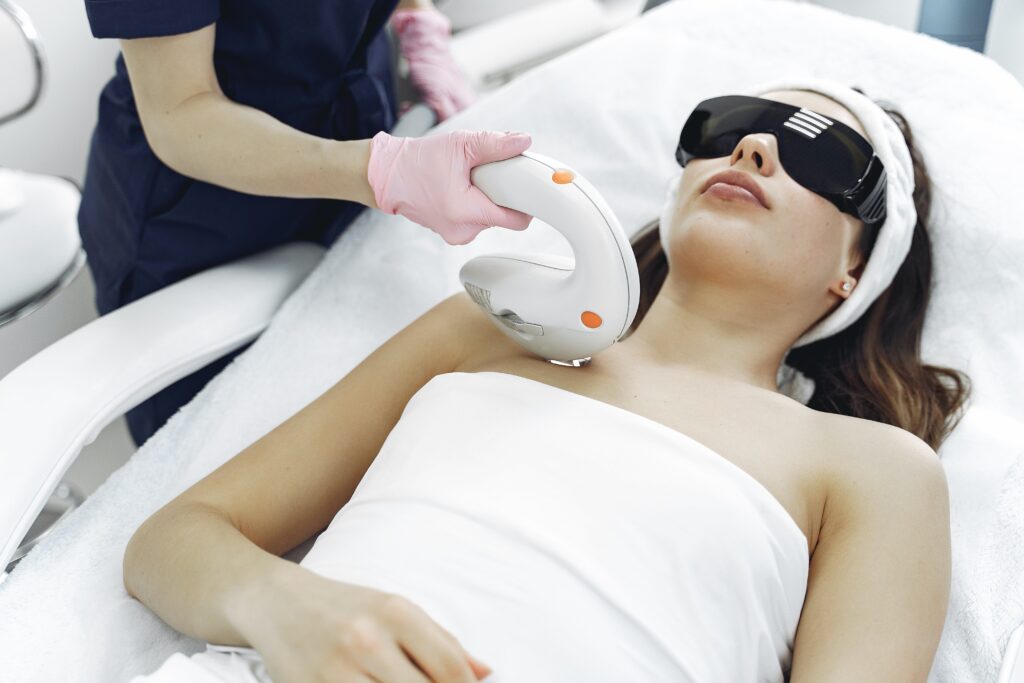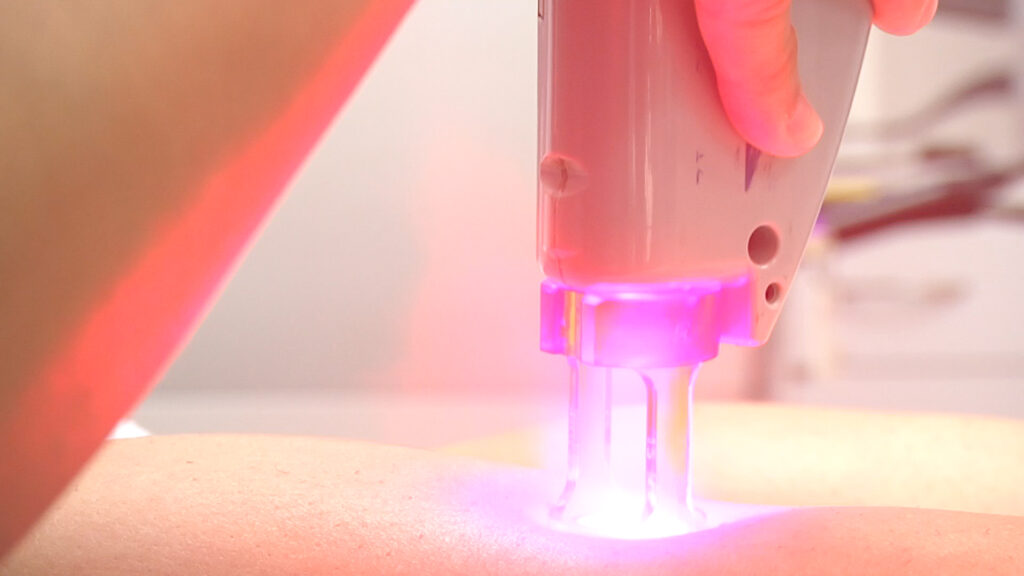When it comes to laser skin resurfacing, the advancements in technology have brought about a variety of options. Among them, the Fractional 1540 and traditional laser resurfacing stand out. Both are effective in rejuvenating skin, but they differ significantly in their approach and outcomes. Let’s compare these two popular methods to help you decide which is best for your skin rejuvenation needs.
Understanding Fractional 1540 Laser
The Fractional 1540 laser, specifically the Palomar Lux 1540, is an FDA-cleared fractional laser treatment. It’s known for its precision and effectiveness in treating a range of skin issues. Unlike traditional lasers that treat the entire skin surface, the Fractional 1540 targets only a fraction of the skin at a time.
Key Features:
- Minimally Invasive: It penetrates deep into the skin without removing the top layer, causing less damage to the skin surface.
- Versatility: Effective in reducing acne scars, surgical scars, wrinkles, and hyperpigmentation.
- Reduced Downtime: Patients typically experience less downtime compared to traditional laser resurfacing.
Traditional Laser Resurfacing
Traditional laser resurfacing, often involving ablative lasers like CO2 or Erbium, works by removing the outer layers of damaged skin. It is known for its effectiveness in treating deeper wrinkles and more significant skin damage.
Key Features:
- Ablative Approach: Removes the entire outer layer of skin, which can result in more significant improvements for deeper skin issues.
- Intensive Treatment: Ideal for more pronounced facial lines, wrinkles, and skin texture issues.
- Longer Downtime: The recovery period is typically longer as the skin needs time to heal and regenerate.
Comparing the Treatments
- Depth of Treatment: Fractional 1540 is less invasive and focuses on fractional areas of the skin, while traditional resurfacing is more intensive, treating the entire skin surface.
- Recovery Time: Patients undergoing Fractional 1540 treatments generally have a quicker recovery, experiencing less redness and swelling compared to traditional laser resurfacing.
- Suitability: Fractional 1540 is often recommended for mild to moderate skin issues, whereas traditional resurfacing may be better for more severe skin damage.
- Results: Both treatments are effective, but traditional resurfacing may offer more dramatic results for deeper lines and wrinkles.
Making Your Choice
Choosing between Fractional 1540 and traditional laser resurfacing depends on several factors:
- Your Skin Concerns: Are you looking to address superficial scars and pigmentation or more profound wrinkles and skin damage?
- Downtime Tolerance: How much recovery time are you willing to allocate?
- Desired Results: Do you prefer gradual improvement with minimal downtime, or are you seeking more dramatic results?
Conclusion
Both Fractional 1540 and traditional laser resurfacing have their unique benefits and suitability. It’s important to consult with a dermatologist or a skin care specialist to discuss your specific skin concerns and goals. They can help guide you to the treatment that best suits your needs and expectations, leading you on your journey to rejuvenated, healthier skin.



